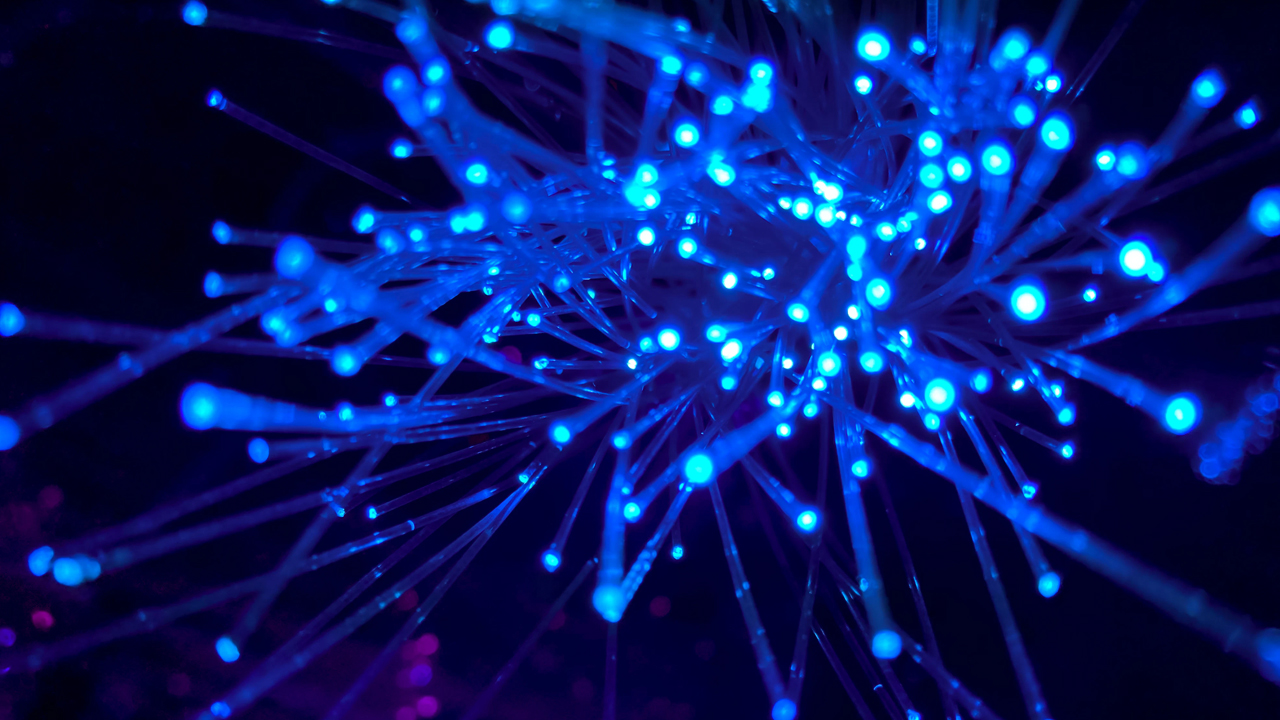What is Fiber Internet? An Essential Guide
In today’s digital world, high-speed internet is a necessity. Among the various technologies available, fiber-optic internet, or fiber internet, stands out. This guide explains what fiber-based internet is, its benefits, and how it works.
Understanding Fiber
Fiber optic internet uses fiber-optic cables to transmit data using light, achieving speeds up to 10 Gigabits per second (Gbps). These cables are more resilient and less affected by weather than copper cables, offering reliable and minimal outages.
Key Benefits of Fiber Internet
- High-Speed Data Transmission: Fiber-optic cables transmit data near the speed of light, providing fast connections.
- Reliability: Less susceptible to outages and electrical interference, ensuring a stable connection.
- Security: Fiber networks are more secure against hacking and breaches than wireless networks.
- Multiple Users: Ideal for several users and devices, maintaining high performance.
- Efficient File Transfers: Enables quick uploads and downloads, suitable for cloud backups and heavy data usage.
How Fiber Works
Fiber-optic technology transmits information as light, not electricity. It comprises optical fibers (thin as a human hair) and the ‘last mile’ of the network. Data is carried in light pulses through these fibers and converted into electrical signals at the destination, providing a fast and reliable connection. Pure fiber connections offer the best speed and reliability.
Fiber Optics: A Historical Perspective
Fiber optics date back to the 1970s in telecommunications. The technology has since become the backbone of modern internet networks, with a worldwide network of undersea cables.
Fiber vs. Other Internet Types
High-speed fiber is distinct because it uses light for data transmission, unlike other types that use electric currents. For example, dial-up uses telephone lines, and cable internet uses coaxial cables. Fiber offers significantly faster and more reliable connections.
Maximizing Fiber Internet Use
- Leverage High Bandwidth: Ideal for streaming, online gaming, and large file transfers.
- Support for Smart Devices: Can handle multiple internet-connected devices efficiently.
- Uninterrupted Streaming: Provides smooth, buffer-free streaming and downloading experiences.
Dark Fiber vs. Lit Fiber
‘Dark fiber’ refers to unused fiber-optic cables, while ‘lit fiber’ is currently in use. Laying extra cables during network construction accounts for future growth.
Upgrading to Fiber Optic Service at Home and Work
Contact your local internet service provider to explore fiber internet options suitable for your needs.
In conclusion, fiber-optic connectivit is a significant advancement in internet technology, offering speed, reliability, and efficiency. As the demand for high-speed internet grows, fiber-optic networks are expanding, enhancing the online experience for home and business users.
Q&A About Fiber
What is fiber internet?
- Fiber is a high-speed internet service that uses fiber-optic cables to transmit data using light.
How fast is fiber compared to other types?
- Fiber can deliver speeds up to 10 Gbps, much faster than other types like dial-up or cable internet.
What are the main benefits of fiber?
- The key benefits include high-speed data transmission, reliability, enhanced security, suitability for multiple users, and efficient file transfers.
How does it differ from dial-up and cable internet?
- Unlike dial-up (using telephone lines) and cable internet (using coaxial cables), fiber transmits data through light in fiber-optic cables, offering faster and more reliable service.
Is fiber suitable for heavy internet usage?
- Yes, fiber is ideal for heavy usage like streaming, online gaming, and handling multiple devices due to its high bandwidth and speed.
